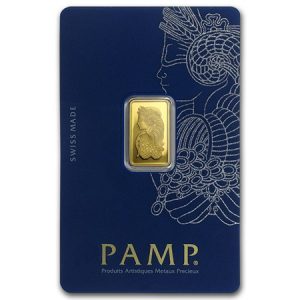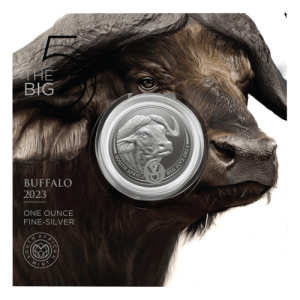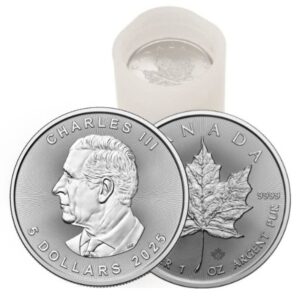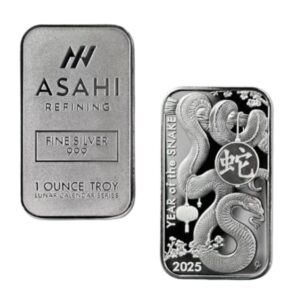In the 1820s, along the banks of the Rivière Chaudière in Quebec’s Eastern Townships, gold was first found in the country. Canada is currently the fifth-largest producer of gold in the world. Gold was mined in the western part of British Columbia, the northern part Nunavut, and the east on the island of Newfoundland.
10 interesting facts about Gold in 2022:
- The Canadian Shield holds the majority of Canada’s known gold reserves.
- Canada’s largest active gold mine is located in Quebec and is called the Malartic Mine.
- The top five gold producers in the world—China, Australia, Russia, the United States, and Canada—accounted for approximately 44% of total production.
- With a production value of $10.3 billion, gold is the most valuable mineral mined in Canada.
- Compared to the previous year’s total of $17.3 billion, the value of Canadian gold mining exports increased by 28.9% to $22.3 billion.
- As the fifth-largest producer in the world, Canada contributed 5.3% to the production of gold globally.
- In comparison to the previous year, Canadian exports of unwrought gold increased to 366 tonnes.
- An estimated 175 tonnes of gold were produced by Canadian mines.
- According to the U.S. Geological Survey, there are 50,000 tonnes worth of gold deposits worldwide.
- More than 75% of Canada’s gold production was produced in Ontario and Quebec combined.
Where is Gold Found in Canada?
A large portion of Canada’s gold reserves are located in the Canadian Shield. The Canadian Shield is the oldest and largest geological feature in the country, having formed between 570 million and 4 billion years ago and covering an area of more than 7.7 billion square kilometres. The eastern provinces of Ontario and Quebec, together accounts for more than 75% of the country’s total gold production.
Various uses of Gold:
Today, jewellery accounts for about 50% of the world’s gold demand, with the remaining 7.5% going to technological uses like microcircuitry. Gold is also used to treat rheumatoid arthritis, and current studies are examining the potential role that gold nanoparticle technology may play in the treatment of cancer. Other applications for gold include:
- Increasing the effectiveness of solar panels.
- As a powerful catalyst for fuel cells.
- In satellites and other aerospace technologies, and to reflect heat radiation.
- To breakdown contaminants in groundwater.
- Serving as a powerful insulator in buildings.
Gold’s history in Canada:
In the Eastern Townships of Québec, along the Rivière Chaudière, gold was first reportedly discovered in Canada in 1823. The Yukon’s Klondike Gold Rush, which lasted from 1897 to 1899, brought about one of the busiest periods in Canadian gold mining history. In 1981, the massive Hemlo gold deposit was found and developed in northern Ontario which led to increasing gold production and its economic significance.
 Hi,
Hi,











